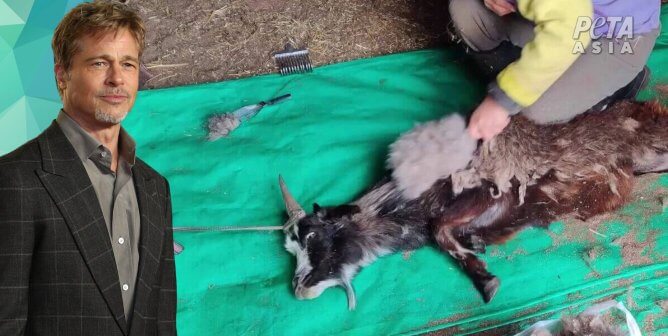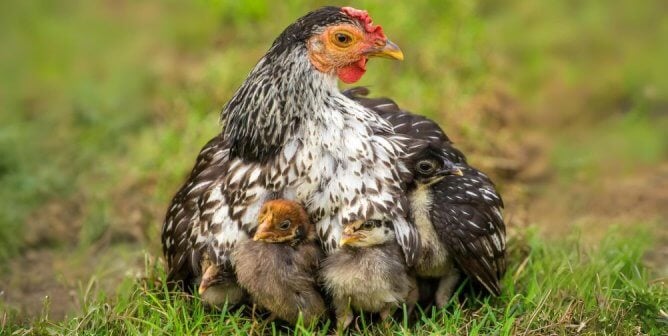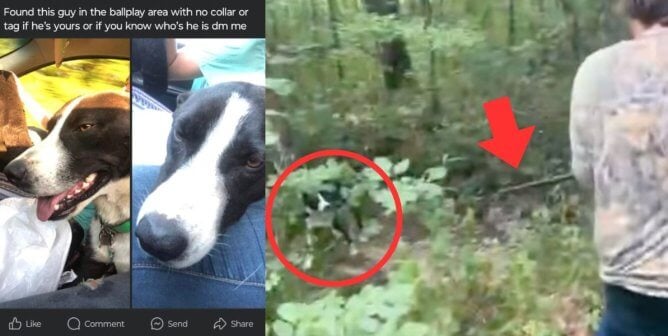PETA Investigation Uncovers Cruelty on Chinchilla Fur Farm
In the wake of the investigation, PETA wrote to the U.S. Department of Agriculture (USDA) demanding that it begin protecting animals raised for the bloody fur trade, but, sadly, animals killed for their skins—including chinchillas, foxes, minks, and raccoons—currently receive no federal protection from the kinds of abuses that our investigators witnessed.
Updates Since the Investigation
April 11, 2007: Court Rules in PETA’s Favor
A federal court has thrown out a lawsuit that was filed to stop PETA from showing video footage from this investigation. The lawsuit claimed that the owners of the fur farm were harmed by the investigation, but the court ruled in PETA’s favor on every claim and dismissed the entire case.
U.S. District Court Judge David M. Lawson stated that PETA “has a right to object publicly” to the raising and electrocution of animals for their fur and that “[t]he methods and practices of raising and destroying animals, especially for commercial purposes, has been recognized as a matter of public concern.”
He compared PETA’s use of undercover investigations to that of major TV networks: “Undercover investigations are one of the main ways our criminal justice system operates. In addition, television shows like Primetime Live and Dateline often conduct undercover investigations to reveal improper, unethical, or criminal behavior.”
The court concluded that PETA’s publication of its undercover video footage on its Web site was the “truthful publication of and accurate representations of” the furriers’ actions.
February 2005: MDA, USDA, and Local Officials Investigate
Following our investigation of the chinchilla fur farm in Michigan, a joint inspection was conducted by the Michigan Department of Agriculture, the USDA, and local animal control officers. The fur farmer has agreed to work with a local veterinarian for training in euthanasia and humane handling. He will no longer kill chinchillas via electrocution and will learn how to euthanize them by lethal injection.
Read the letter from the Michigan Department of Agriculture.




